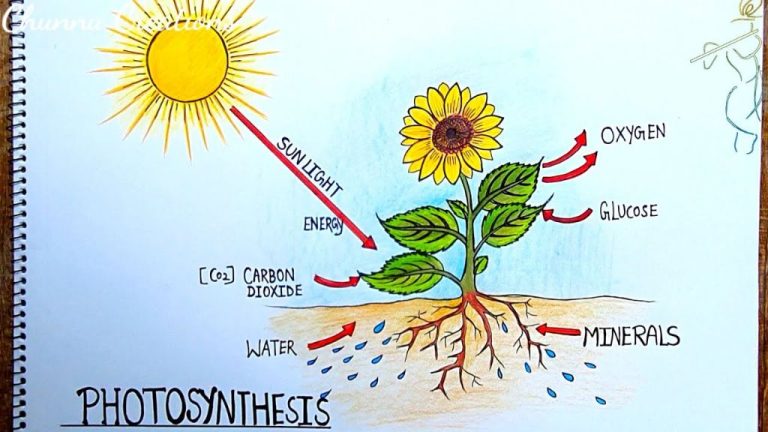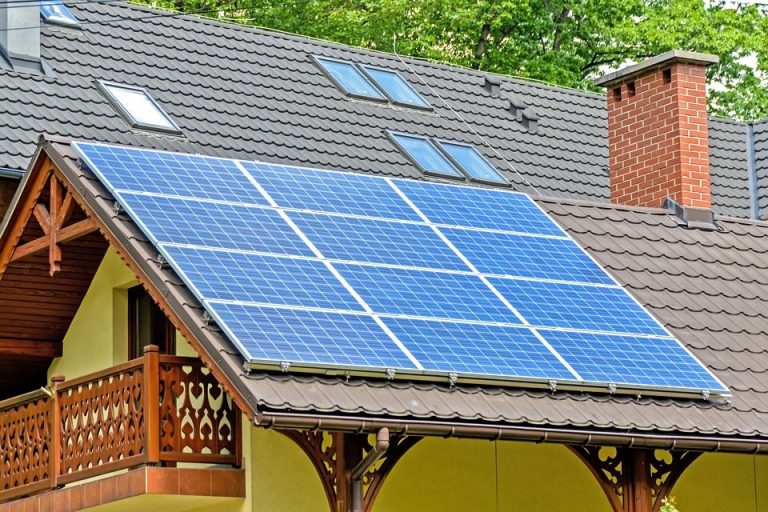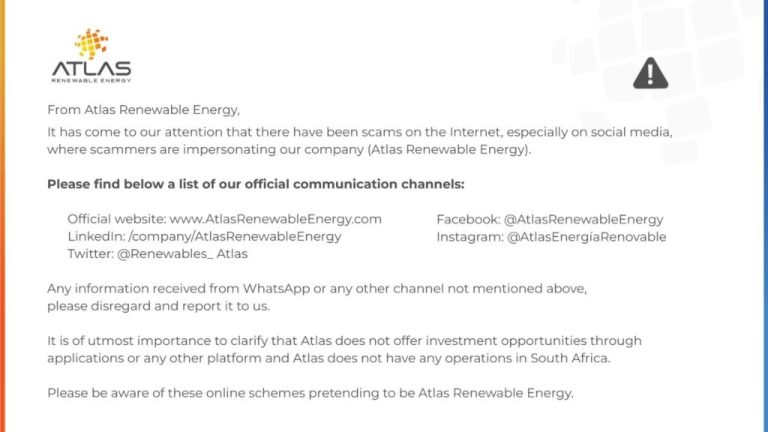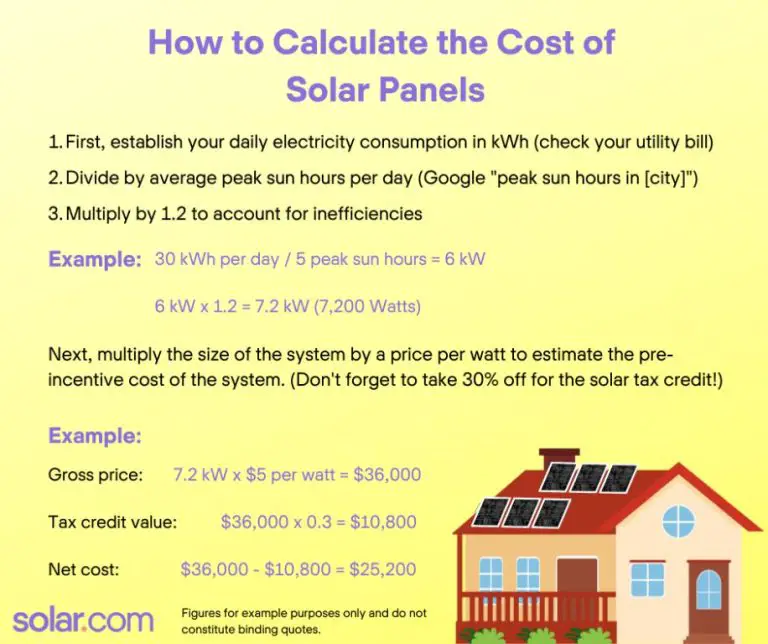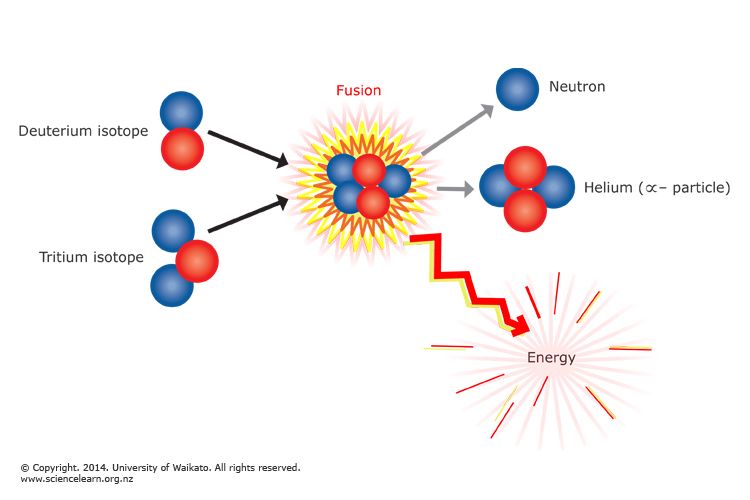Is Solar Energy The Most Efficient?
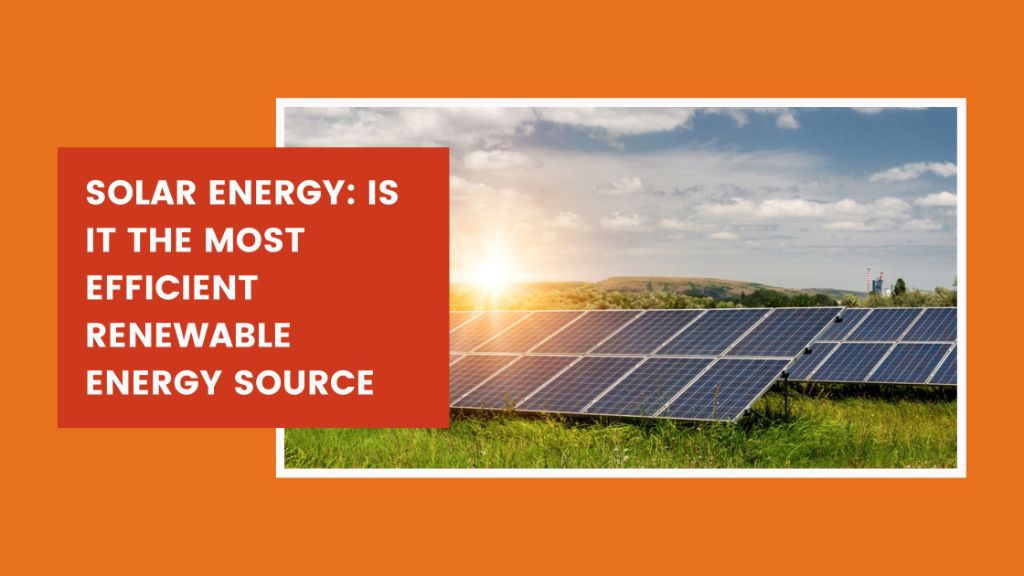
Solar energy has experienced exponential growth around the world in recent years. According to Solar Energy Growth Statistics (2022) by Cladco, the total solar PV capacity reached 817 GW globally in 2021, up from 760 GW in 2020. This represents a 7.5% increase year-over-year. China leads the world with over 300 GW of total installed solar PV capacity as of 2021. The growth of solar is being driven by declining costs and favorable government policies aimed at reducing carbon emissions and tackling climate change.
Solar power is considered a renewable energy source because it relies on the enormous power of the sun. Solar technologies capture this solar energy and convert it into useful forms of energy like electricity or heat. There are two main types of solar technologies – solar photovoltaics (PV) which convert sunlight into electricity using solar panels, and solar thermal which harnesses heat from the sun for water heating, space heating, or electricity generation. With solar PV prices having fallen 89% in the last decade, solar energy is now cost competitive with fossil fuels and other traditional energy sources in many parts of the world.
How Solar Energy Works
Solar energy is captured primarily through two methods: photovoltaics (https://palmetto.com/learning-center/blog/we-break-down-how-solar-energy-works-step-by-step) and concentrated solar power (https://www.seia.org/initiatives/concentrating-solar-power). Photovoltaics (PV) use solar panels made up of solar cells containing photovoltaic material that converts sunlight directly into electricity. The PV cells absorb photons from sunlight, causing electrons to be freed and flow through the material to produce DC current. Inverters then convert the DC output into AC electricity that can be used or fed into the grid.
Concentrated solar power (CSP) systems use mirrors or lenses to concentrate a large area of sunlight onto a small area. Electrical power is generated when the concentrated heat is converted to electrical energy through conventional generator systems. CSP technologies include parabolic trough, linear Fresnel reflector, power tower, and parabolic dish systems that concentrate sunlight in order to heat a transfer fluid to produce steam to drive a turbine and generator.
Solar Energy Efficiency
The efficiency of solar panels indicates what percentage of sunlight hitting the solar cells gets converted into usable electricity. Most residential solar panels on the market today have average efficiency rates between 15-22%, while premium panels range from 22-25% efficiency. Some factors that affect solar panel efficiency include:
- Solar cell material – Materials like monocrystalline silicon tend to be more efficient than polycrystalline silicon.
- Temperature – Solar panels work best at 77°F. Efficiency declines at hotter or colder temperatures.
- Shading and dust – Any shading or buildup of dirt/debris on the panels can reduce efficiency.
- Age – Gradual degradation causes around 0.5-1% annual decline in efficiency as panels age.
- Manufacturing quality – Higher quality manufacturing results in panels with higher efficiencies.
Research shows that solar panel efficiency has steadily increased over time. Since 2008, average efficiency has risen from 12% to over 19% in 2021 (Enel X). Manufacturers continue to invest in research and development to create more efficient solar photovoltaic technologies.
Other Renewable Energy Sources
There are several other major renewable energy sources in addition to solar power, including wind, hydropower, biomass, and geothermal energy. According to the U.S. Energy Information Administration, renewable energy provided about 11.5 quadrillion British thermal units (Btu) of energy in the United States in 2019, or about 11% of total U.S. energy consumption.
Wind power harnesses the energy of moving air to generate electricity using large wind turbines. In 2019, wind provided over 7% of total U.S. utility-scale electricity generation. Sources like the National Grid explain that onshore and offshore wind farms now provide enough energy to power over 30 million homes across America. There is great potential to continue expanding wind energy production in the coming years (https://www.nationalgrid.com/stories/energy-explained/what-are-different-types-renewable-energy).
Hydropower generates electricity by using flowing water – such as in dams, waves, tides or ocean currents. According to the EIA, hydropower accounted for over 6% of total U.S. utility-scale electricity generation in 2019. There is also potential to expand hydropower, especially new small-scale hydropower projects.
Geothermal energy harnesses heat from under the earth’s surface for heating buildings or generating electricity. Biomass energy uses organic plant and animal waste to produce heat, gas, or liquid fuels.
Comparing Efficiencies
When comparing the efficiency rates of solar energy to other renewable energy sources, solar photovoltaic panels tend to have lower efficiency rates than some other technologies. According to the U.S. Energy Information Administration, the average solar panel has an efficiency rate of 15-20%1. This means that 15-20% of the sunlight that hits the panels is converted into usable electricity.
In comparison, wind turbines convert 35-45% of the wind’s kinetic energy into electricity. Geothermal plants can have efficiency rates as high as 90%, and hydroelectric dams convert 85-90% of the water’s potential energy into power2. So in terms of conversion efficiency, solar lags behind other major renewable sources.
However, solar panels have the advantage of being modular – they can be installed in many locations to collect diffuse sunlight. Technologies like dams and geothermal plants are restricted by geographical limitations. So while solar efficiency rates may be lower, the potential solar resource is enormous when arrays are spread over large areas.
Cost Effectiveness
When analyzing the cost effectiveness of solar energy, it’s important to look at both the upfront costs as well as the lifetime costs per kilowatt hour (kWh) generated. According to the International Renewable Energy Agency, the average capital cost for solar PV systems is around $1,060 per kW of capacity.[1] This is higher than natural gas at around $700 per kW but lower than offshore wind at $4,440 per kW. However, once installed solar has very low operational costs, so the levelized cost per kWh over the system lifetime becomes highly competitive.
Data shows utility-scale solar PV electricity costs around $36 per MWh on average. This is comparable to onshore wind at $29 per MWh and less expensive than gas at $44 per MWh.[2] Rooftop residential solar averages $149 per MWh, more than utility-scale but still cost effective long-term.[3] When accounting for health and environmental externalities, solar’s cost advantages grow even further compared to fossil fuels.
Overall, while solar requires higher upfront investment, its minimal fuel and operating costs result in very low lifetime electricity costs per kWh. This makes solar highly cost competitive with both conventional and renewable energy sources.
[1] https://www.irena.org/costs
[2] https://en.wikipedia.org/wiki/Cost_of_electricity_by_source
[3] https://www.inspirecleanenergy.com/blog/clean-energy-101/cost-of-renewable-energy
Environmental Impact
When considering the environmental impact of different energy sources, it’s important to look at emissions as well as land use requirements. Solar energy has minimal emissions associated with it once the panels are manufactured and installed. According to one study, solar PV emits 41 grams of CO2 per kilowatt-hour (kWh) over the lifetime of the solar panels, including manufacturing, installation, operations and decommissioning (https://osf.io/che6m/download). In comparison, coal emits 820 gCO2/kWh and natural gas emits 490 gCO2/kWh over their lifecycles.
Solar panels do require a significant amount of land area compared to some other renewable sources. Estimates range from around 8 acres per megawatt for photovoltaic solar farms to over 50 acres for concentrated solar plants (https://www.ucsusa.org/resources/environmental-impacts-solar-power). However, the land can often still be used for other purposes like grazing. Wind turbines have a smaller land use footprint at just 1-2 acres per megawatt. Hydropower facilities vary greatly in land impacts based on the type of dam and waterway.
Overall, solar has very low emissions compared to fossil fuels. While solar does require more land than options like wind or nuclear, the land can often still serve other purposes. With proper siting and land management practices, solar energy can be one of the more environmentally friendly renewable electricity sources.
Reliability and Storage
Solar energy has proven to be a very reliable energy source according to studies. Well-built solar systems can be resilient in severe weather and provide consistent energy generation over their lifetime. According to one study, only 0.05% of PV modules experience failure per year (https://www.paradisesolarenergy.com/blog/how-reliable-is-solar-energy).
However, solar energy generation varies throughout the day and depends on sunny weather. Therefore, energy storage is important for solar systems to provide continuous power supply. Batteries are commonly used to store solar energy for use at night or on cloudy days. Other options include pumped hydro storage and thermal energy storage (Energy.gov). With storage, solar energy can contribute electricity even when the sun isn’t shining.
In comparison, wind and hydropower can provide more consistent renewable energy generation without large storage needs. Geothermal and biomass energy can also offer reliable baseload power. However, solar remains a major renewable energy source along with good storage solutions.
Future Outlook
The future looks bright for continued improvements in solar energy efficiency and cost reductions. According to Energy5, solar panels are becoming increasingly more efficient, with some models already achieving conversion rates over 20%. Emerging technologies like nano-coatings and smart sprinkler systems are poised to further boost efficiency as companies like Bigwit Energy develop innovative solutions.
Experts predict solar module efficiency may reach over 25% in the coming years. Paired with smart controls and improved maintenance, total system efficiency could surpass 30%. These gains will drive down levelized costs, making solar ever more competitive with fossil fuels. The Department of Energy has set cost reduction targets of 40% by 2030 and 60% by 2050 compared to 2020 costs.
With solar already among the cheapest energy sources, projected declines will solidify its role as a dominant renewable electricity provider. As solar continues its remarkable growth trajectory, we can expect it to play an integral role in the global transition to sustainable energy.
Conclusion
In summary, the research shows that solar energy can certainly be considered one of the most efficient renewable energy sources available today. Solar panels typically have an efficiency ranging from 15-22%, making them on par or better than some other renewables in terms of efficiency (Source). While not as efficient as fossil fuels, solar energy offers significant environmental benefits with minimal emissions. When factoring in cost effectiveness and reliability, solar also stacks up well against other renewable sources. While improvements can still be made, solar power is already competitive in many situations. Based on the research and comparisons conducted, solar energy ranks among the top energy sources when evaluating comprehensive efficiency.

